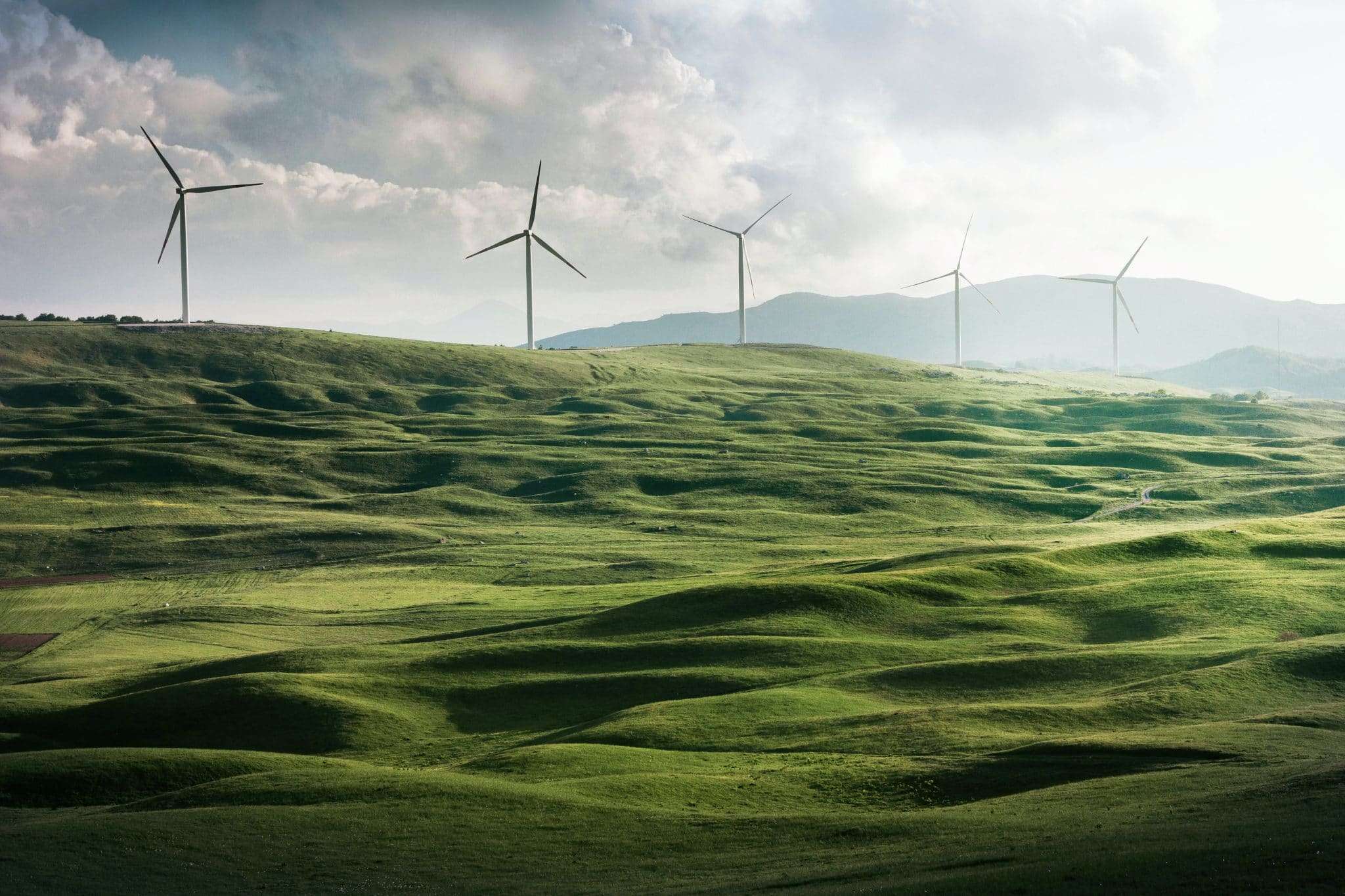Verizon will support renewable energy in five states while a Spanish solar, wind, and battery storage provider expands in Texas.
Verizon Communications Inc. has successfully directed the entirety of its latest green bond, amounting to nearly $1 billion, toward Renewable Energy Purchase Agreements (REPAs) for the development of renewable energy projects. These projects are spread across five states: Illinois, Maine, North Dakota, Ohio, and West Virginia, emphasizing a mix of solar and wind energy generation. This initiative underlines Verizon’s commitment to enhancing its renewable energy portfolio, with the projects expected to contribute nearly 0.9 gigawatts (GW) of new renewable energy capacity to the grid.
“The $5 billion of green bonds that we have issued to date are instrumental to our efforts to achieve our goal of net zero emissions in our operations by 2035,” Tony Skiadas, Verizon’s Executive Vice President and Chief Financial Officer, said in a statement. Skiadas further highlighted Verizon’s role in promoting environmental sustainability, adding, “As one of the leading corporate buyers of renewable energy and one of the largest green bond issuers in the U.S., we are proud to help accelerate the greening of the U.S. electrical grid as we work to meet our goals around climate protection.”
The allocation of funds from Verizon’s fifth green bond builds on the company’s ongoing strategy to source half of its annual electricity consumption from renewable energy by 2025, with ambitions to reach a 100 percent target by 2030. These efforts are part of a broader corporate responsibility initiative known as Citizen Verizon, which focuses on economic, environmental, and social advancement.
Greenalia expands in Texas
The announcement comes as Greenalia, a Spanish renewable energy developer, has announced its significant expansion in the Texas market with the development of 1.9 gigawatts (GW) of solar, wind, and battery storage projects after securing $200 million through three-year credit facilities. The announcement marks the company’s first financial foray into the U.S. market. With these funds, Greenalia aims to rapidly scale its operations in the U.S., where it currently has a portfolio of late-stage development projects exclusively in Texas.

Antonio Fernández-Montells, CFO of Greenalia, said in a statement that the operation represents an important milestone for the company’s US expansion, “where we are currently developing a 3 GW portfolio diversified through projects in three technologies – solar, wind, and batteries.”
The company’s venture into the U.S. market began in July 2021 with the acquisition of the 695 MW Misae II solar project in northern Texas. This expansion aligns with the U.S. Administration’s strong push for renewable energies, which CEO Manuel García highlighted as an attractive opportunity for the company. García noted, “The strong commitment and drive of the US Administration for renewable energies has opened an attractive window that we must take advantage of.”
Solar energy soared in the U.S. in 2023
Recent reporting from the Federal Energy Regulatory Commission (FERC) showed solar supplied half of the nation’s new generating capacity in 2023 — adding 18,356 megawatts (MW) of new generating capacity. This surge in solar capacity is significantly higher than contributions from natural gas and wind, with December witnessing a record-setting 4,979-MW of solar capacity additions.
Ken Bossong, executive director of the SUN DAY Campaign, which reviewed the FERC data, said in a statement that the mix of all renewable energy sources “appears to be on track” to soon surpass the generating capacity of natural gas. Bossong also says solar alone “will have more generating capacity than coal, wind, or nuclear power.”

The expansion of solar energy in 2023 marked a 50 percent increase from the previous year, with the total new capacity significantly surpassing that from natural gas (11,024-MW) and wind (6,356-MW). Solar’s contribution in December alone, accounting for 57.1 percent of new capacity, more than doubled the previous monthly record. This growth has brought solar’s share of total available installed generating capacity to 7.9 percent, aligning it with that of hydropower and indicating a steady climb in renewable energy’s role in the U.S. energy landscape.
FERC anticipates a bright future for solar, with “high probability” additions expected to total 87,098-MW between January 2024 and December 2026, more than tripling the forecast for wind, the second fastest-growing resource. These projections suggest that by the end of 2026, solar could account for almost 13.7 percent of the nation’s installed utility-scale generating capacity, overtaking coal and wind.
Related on Ethos:


